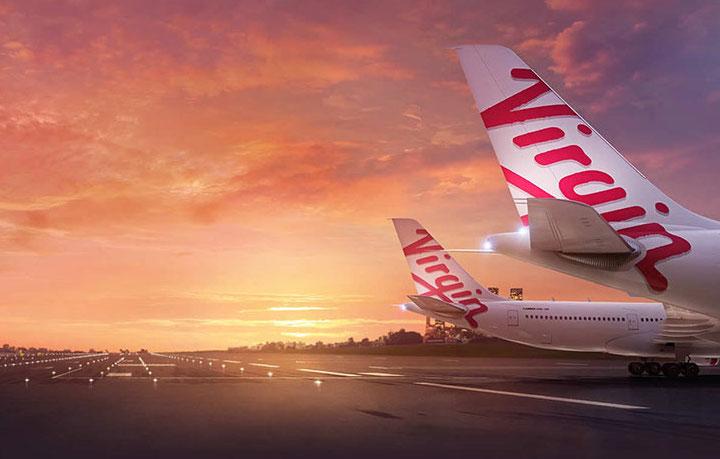
Virgin Australia appears likely to enter voluntary administration this week amid the COVID-19 crisis as its options for acquiring the additional funding it needs have almost disappeared.
Under Australian regulations, a company’s board can decide to begin the voluntary administration process if there is a risk of insolvency. An administrator is appointed to assess the best option for the company and its creditors during a moratorium period, and then proposes a plan to creditors.
Virgin announced a two-day trading halt on its shares on April 14 and subsequently extended the trading halt until further notice. The company intended to use this period to seek new financing to stay afloat.
The airline asked the federal government to provide A$1.4 billion ($891 million) in loan guarantees as part of a broader airline rescue proposal, but the government has so far declined the request.
Virgin is majority-owned by foreign entities including Singapore Airlines, Etihad Airways, the UK-based Virgin Group, and China’s HNA and Nanshan groups. However, most of these companies are having liquidity problems of their own and have not stepped forward with additional cash.
The Queensland state government has offered A$200 million, although this would not be enough to save the Brisbane-based airline absent federal aid. The New South Wales state government has also signaled it could help Virgin if it were to relocate its headquarters to Sydney.
Virgin’s difficulties are exacerbated by a high debt load. Some ratings agencies have downgraded the company’s credit rating in recent weeks. These factors have made it difficult for the airline to attract new financing. Multiple private equity groups are believed to be circling, but they may wait until Virgin enters voluntary administration to make their move.
Virgin has suspended its regularly scheduled international network through June 14 as a result of the COVID-19 crisis, although it is operating some repatriation flights. The carrier has also cut most of its domestic network and stood down about 80% of its 10,000 workers.
